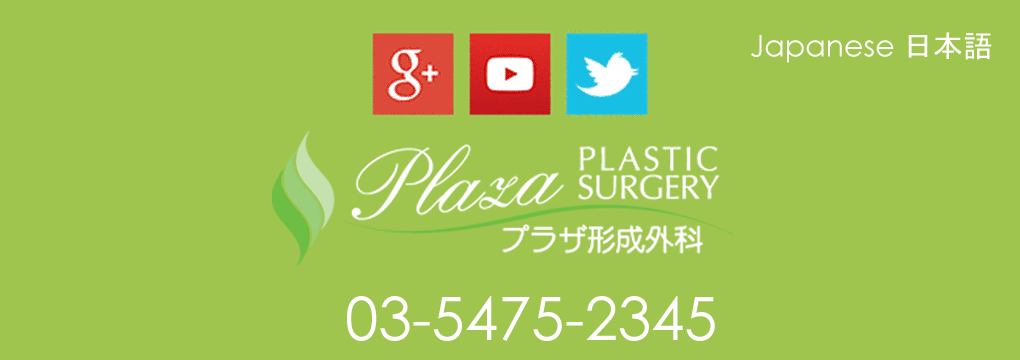Surgical Procedures
Breast Augmentation
Breast Lift
Breast Implants
Breast Implant Surgery in Tokyo Japan
Considering breast implant surgery in Tokyo Japan by a U.S. board certified plastic surgeon? There have been varying viewpoints throughout the years about the best kind of implant to use for Breast Augmentation, and health controversies about one kind of implant that dominated news reports in the 1990’s. Many women who were interested in having fuller breasts were fearful to do so because of these reports. The following describes the different kinds of implants that are available, and addresses some of the concerns regarding differences between breast implant fill material, shape, surface texture, size, manufacture, and use of implants.
Breast Implant Fill Material:
Although all breast implants do have a solid silicone shell (bag), they are filled with different substances such as: saline and silicone.
Saline Breast Implant
While there are a number of implants available for Breast Augmentation, currently the most commonly used is the saline breast implant.
The saline implant has an exterior sack made of solid silicone, which is filled with a sterile saline solution – like the salt-water solution that is administered for intravenous fluids. One of the advantages of this solution is its safety. Should the implant for some reason leak, the saline just gets absorbed by your body, as would the intravenous fluids used during, and after surgery. Yet another advantage of the saline implants is a very low infection rate, which is usually less than one to two percent.
Another advantage of the saline implant is that it is filled with fluid after being inserted in the breast, therefore requiring only a small incision. This is in contrast to silicone implants which are pre-filled. Also, because saline implants are filled after insertion, their final volume can be adjusted making it easier to correct for existing breast asymmetry.
Widespread media reports that saline-filled implants can contract fungal contamination were discredited when it was learned that the Canadian laboratory that released this finding relied heavily on implants that had been mailed. As such, there was no guarantee of sterility in the transport of these implants.
There are two main disadvantages of saline breast implants, when compared to those filled with silicone. Because of the liquid nature of saline, saline filled implants tend to have a higher incidence of rippling. Although rippling occurs in all saline implants, filling them according to the manufacturer’s recommendations, submuscular placement of implants, and the existence of thicker breast skin and tissue minimizes a person’s ability to see or feel rippling of saline implants. Because silicone gel has a thicker consistency, it tends to ripple much less, but sometimes happens nonetheless.
The second potential disadvantage of saline implants compared to silicone breast implants is the difference in how they feel to the touch. Outside of the body, silicone implants have a more natural consistency. In reality, this difference becomes less noticeable when implants are felt underneath the breast and muscle tissue.
Silicone Breast Implants
There are implants that are filled with a silicone gel. More than 1.5 million American women currently have silicone breast implants. Some people feel that the silicone implant results in a more natural appearing breast.
With the recent approval of silicone gel-filled breast implants for breast augmentation and breast reconstruction, physicians and patients can be assured of the safety of silicone. This confirmation is based on extensive preclinical testing, four years of data on 715 women from Allergan’s Core Clinical Study and a European study that evaluated implant rupture prevalence rates beyond 10 years. In addition, countless published, peer-reviewed studies and research support the safety of silicone gel-filled breast implants.
The main disadvantage of silicone breast implants is that their rupture is less easily detected than with the rupture of saline implants. When a saline implant ruptures, the saline gets absorbed by the body, making the breast go flat, which can be easily recognized by a woman. On the other hand, because silicone gel mostly stays within the breast tissue and does not get absorbed, there is usually no noted reduction in breast size after rupture of silicone implants. Tools to detect rupture of silicone implants include Mammograms and Magnetic Resonance Imaging (MRI). Also, the clean up and complete removal of the leaked silicone gel is difficult. Finally, although there are several studies that attest to the safety of silicone, the controversy about the safety of silicone implants remains.
*If you had “textured” breast implants in the past and are concerned about future risk of developing ALCL (a type of lymphoma), please consult our doctor for more information.
For breast augmentation in Tokyo Japan using saline breast implants or silicone breast implants contact Dr Robert Kure. View breast augmentation photos using saline and silicone breast implants.



